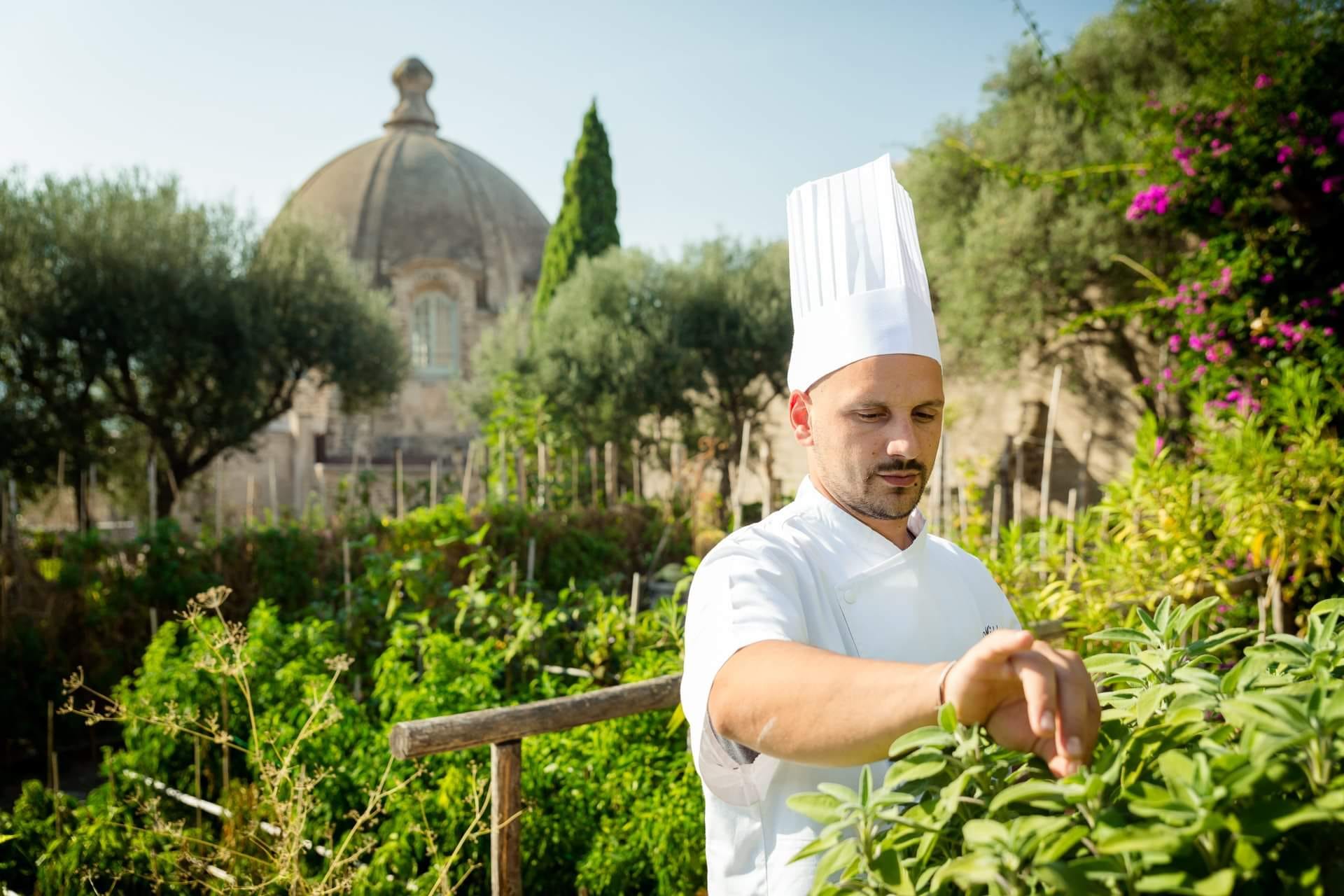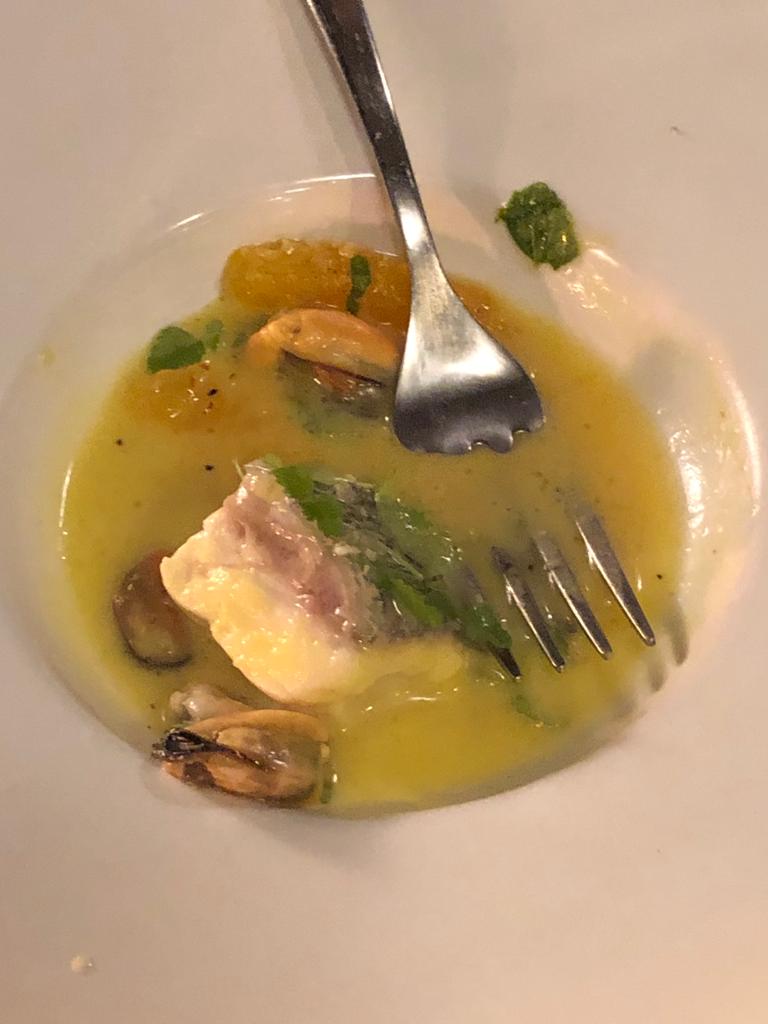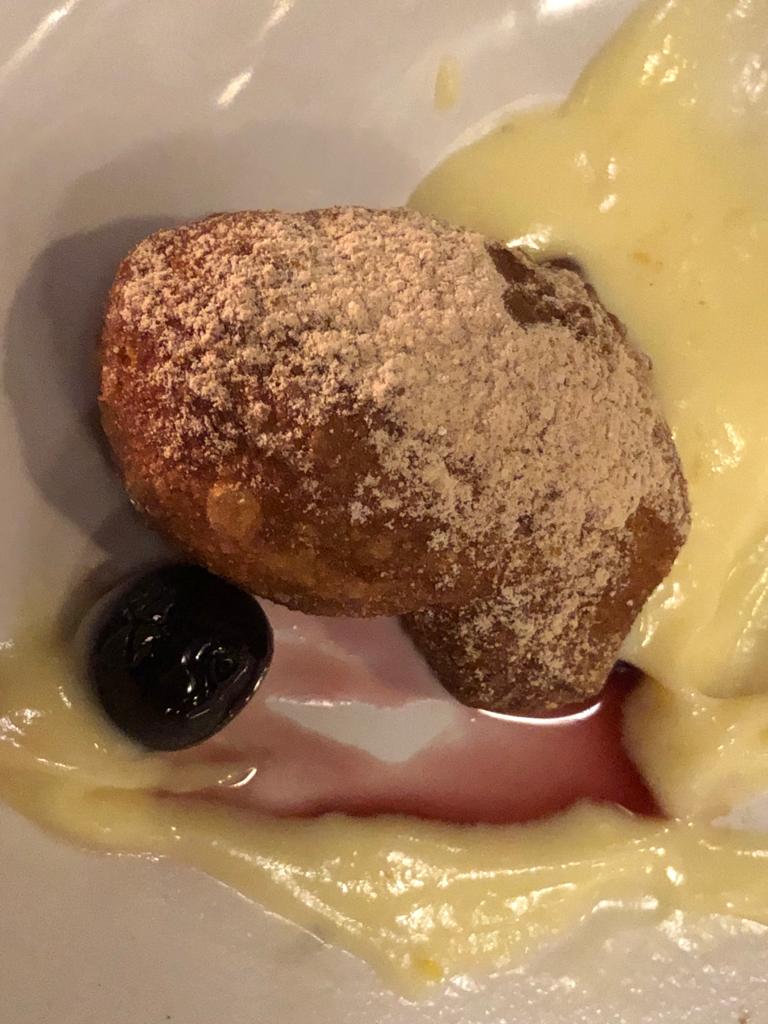Yes, I know, with this title I risk a blasphemy. I probably look irreverent, but I like remembering one of the most famous Ischia legends which, riding the true story of an epochal friendship, tells of the secret love between Michelangelo Buonarroti, the genius of the Sistine Chapel, and the poetess Vittoria Colonna, Marquise of Pescara.
The extraordinary and controversial liaison, to which eminent scholars have dedicated deep studies, might have been concretised in Ischia, between two shores separated by the bay of the Roman Aenaria: the one of the Guevara Tower, known to the massive public as “Tower of Michelangelo”, and the Aragonese Castle one. The noblewoman spent part of her life here, in a virtuous milieu, an exceptional cenacle of artists and intellectuals. A titillating underwater tunnel connecting the coast of the main island and the huge inhabited rock, would have facilitated the encounters between the two Sixteenth-century protagonists.
Smiling, I have always attributed this anecdote, vagabond in the imaginary of taxi drivers, tourist guides and boat commanders searing tours, to the unshakable faith in the power of the protean Eros: it is useful for building and inventing a tradition, perfect to fascinate the visitors transiting in a holiday resort. Have I been too long? Probably, but playing with the presumed and presumptuous misunderstanding, I introduce the pleasurable reasoning regarding another powerful love: the food one. The scene is ultra -contemporary, with another Michelangelo, chef by profession, under the spotlight. The affinity with the premise, in addition to the implicit reference to human creativity, is that Michelangelo Iacono - it is to him that I am referring, here portrayed in a narrative photo - is the chef of “La Cucina del Monastero”, welcomed in the heart of the monument that is the heritage of our planet. It is the restaurant that Nicola Mattera has created to lead us into temptation in spring, inside a precious art gallery; or, in the summer evenings, on the terrace that offered the panorama to the old Convent of the Clarisse, dominating the architectural puzzle of Ischia Ponte. From here, the gaze forces us to love more those who accompany us. Romantic? Huh, try to imagine.
The affinity with the premise, in addition to the implicit reference to human creativity, is that Michelangelo Iacono - it is to him that I am referring, here portrayed in a narrative photo - is the chef of “La Cucina del Monastero”, welcomed in the heart of the monument that is the heritage of our planet. It is the restaurant that Nicola Mattera has created to lead us into temptation in spring, inside a precious art gallery; or, in the summer evenings, on the terrace that offered the panorama to the old Convent of the Clarisse, dominating the architectural puzzle of Ischia Ponte. From here, the gaze forces us to love more those who accompany us. Romantic? Huh, try to imagine.
It would common to use a couple of nouns - such as poet or artist - to emphasize the caption of my friend Michelangelo who, instead, is a humble and joyful interpreter, madly in love with his role and with the local food culture. And not only. Proud of his DNA from Fontana, in other words the belonging to the rural hamlets appeared at the foot of Mount Epomeo, the panoptic peak reflecting in the Gulf of Naples and in the warm and immense South, Michelangelo is a tireless messenger of taste.
As only the great chefs know how to do, he doesn’t live on acculturation by word of mouth, but he manually celebrates, by learning and cooking them, his own familiar memories of a perfume, of a flavour of wild, agricultural and fishing fragrant miscellaneous.
 The technical elaboration is minimal and convincing, in the absence of Amarcord and nostalgia; and in the presence - instead - of a sincere, simple, fresh and sapid awareness to pay tribute to the goodness almost in purity, with an inlay of very bright colours. The cookbook is manifested in two menus, with enhance each other for their coherence, with the counterpoint of leavened breads with ancient grace.
The technical elaboration is minimal and convincing, in the absence of Amarcord and nostalgia; and in the presence - instead - of a sincere, simple, fresh and sapid awareness to pay tribute to the goodness almost in purity, with an inlay of very bright colours. The cookbook is manifested in two menus, with enhance each other for their coherence, with the counterpoint of leavened breads with ancient grace.
I eat, a little while dancing, between the suggestive paths of “Marevascio” (fish) for 80 euros and «Marecoppe» (land) for 70 euros, and I am amused, writing on the notebook the synthesis “elegance of tasty concreteness”. You said lie down…
The tests are continuous, the browsing of natural products is incessant, the composition of the dishes is the synthesis of a world that satisfies me. Part of it is the complicity of what here the spices, herbs, vegetables, fruits from the Castle garden (totally organic) offer masterfully; the Biancolella wine, a product from the near vineyard, without forgetting the capers which sprout everywhere and the rich sea below.
But, I don’t forget, we need to season the dinner with the History of the place: here there was a self- sufficient fortress-city. Exemplary. Although teeming, but rather sacred, in every way. The personality of the place cannot be contaminated by the endearments of the trends.
The keeper of this millenary beauty, Nicola Mattera, would not allow it. And here it is that, then, the exploit happens, as in a trio of wind instruments. Michelangelo Iacono has transferred within himself the controlled volcanicity of the place, disciplining it with a sequence of contagious smiles. Then, Roberto Schiano, maître and sommelier with passionate enthusiasm, is the intensity regulator of the sensations: he suggests the combinations, savoring the enthusiasm peaks on the palate. Just for the fact that he keeps for me exclusively a bottle of Ouzo, the Hellenic distillation that touches me, Roberto deserves a whole paragraph.
 But I was saying about the trio, which is a bit more, between dining room and kitchen: let’s call it a jazz band playing me a “risotto with citrus, flying squids and friggitelli peppers (green and sweet)”, playing then with the “raw and cooked vegetables”; the spaghetti and the meetballs; or the supreme “delicate soup with freshly caught sea bass and mussels”. Everything looks done on purpose to invite me to come back as soon as possible. In late summer, after many steps, I am reaching the summit of my seasonal gastronomic adventure. I am not adding anything else. I invite you to book a table before the 30th of September (tel. 081.992435), and before myself, because I have a second appointment just mentioned. I cant’wait, by the way, to savor again the cheering fried zeppole with cream, black cherries and cinnamon. Cinnamon, finally! A final and spatial surprise: Mediterranean, Neapolitan, Greek, Turkish, Arab, Indian apotheosis… I could not wish for more: fried zeppole, loukoumades, loam, luqma... Who knows, maybe I will talk about it again.
But I was saying about the trio, which is a bit more, between dining room and kitchen: let’s call it a jazz band playing me a “risotto with citrus, flying squids and friggitelli peppers (green and sweet)”, playing then with the “raw and cooked vegetables”; the spaghetti and the meetballs; or the supreme “delicate soup with freshly caught sea bass and mussels”. Everything looks done on purpose to invite me to come back as soon as possible. In late summer, after many steps, I am reaching the summit of my seasonal gastronomic adventure. I am not adding anything else. I invite you to book a table before the 30th of September (tel. 081.992435), and before myself, because I have a second appointment just mentioned. I cant’wait, by the way, to savor again the cheering fried zeppole with cream, black cherries and cinnamon. Cinnamon, finally! A final and spatial surprise: Mediterranean, Neapolitan, Greek, Turkish, Arab, Indian apotheosis… I could not wish for more: fried zeppole, loukoumades, loam, luqma... Who knows, maybe I will talk about it again.



Comments powered by CComment